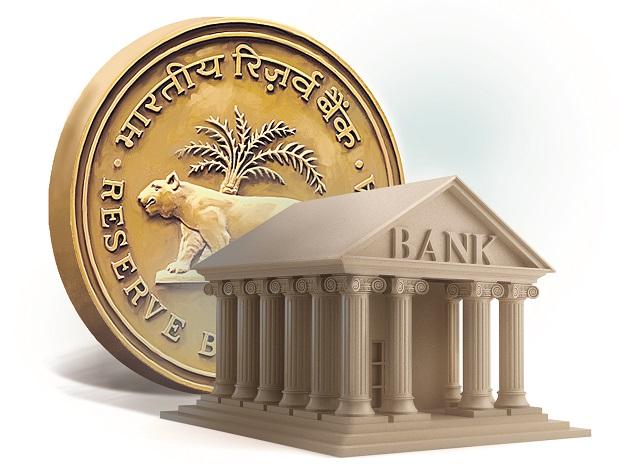[ad_1]
Commercial banks are likely to increase the marginal cost of funds based lending rate (MCLR) by 100-150 basis points (bp) in the next financial year (FY24) amid a rise in the cost of money and tight liquidity. The transmission of monetary policy in the banking system could intensify in FY24, according to India Ratings and Research (Ind-Ra).
Responding to the repo rate rising since May 2022, banks have raised median MCLR (of one-year duration) by 120 basis points between May 2022-February 2023, Reserve Bank of India (RBI) data showed. The RBI has hiked policy repo rate by 250 basis points in stages to 6.5 per cent in February 2023.
MCLR-linked loans are mostly given to corporate and business establishments. These loans had 46.5 per cent share in outstanding floating rate rupee loans as of September 2022, according to RBI data.
Ind-Ra said the drawdown by banks from reverse repo in FY23 was to the tune of Rs five trillion. This has enabled banks to address a surge in the gap between incremental credit and deposit, and this will not be available in FY24. Therefore, MCLR will show a significant rise.
The agency said a tepid balance of payments (BoP) surplus of around Rs 600 billion would not bring any reasonable improvement in the aggregate deposit. Even if the policy rate remains stable for FY24, rates in the banking system will continue to face upward pressure.
The system liquidity may tighten further in the coming two to three weeks of March 2023, owing to multiple factors such as advance tax payment, GST payment and TLTRO maturity. Moreover, with the onset of year ending, the activity in the banking system is expected to accelerate, especially on account of credit offtake.
The RBI will remain supportive by ensuring the presence of required system liquidity. However, tools and mechanisms could vary between long-term repo auction and open market purchase of short-term bonds or T-bills. The upcoming period of tight liquidity could prove difficult for entities with a weak liquidity profile, it added.
The incremental funding is happening at higher costs. The impact of marginal cost of funding has so far been limited as the large part of the incremental credit disbursement has been supported by the drawdown of cash flow with the RBI in lieu of reverse repo in FY23. However, the incremental funding by banks in FY24 would have to be done by way of fresh deposits, therefore the marginal cost of funding will go up significantly.
Deposit rates in the banking system have shot up by 150 to 200bp in the last one year, which has resulted a 75bp increase in aggregate deposits in the system, said Ind-Ra.
[ad_2]
Source link



